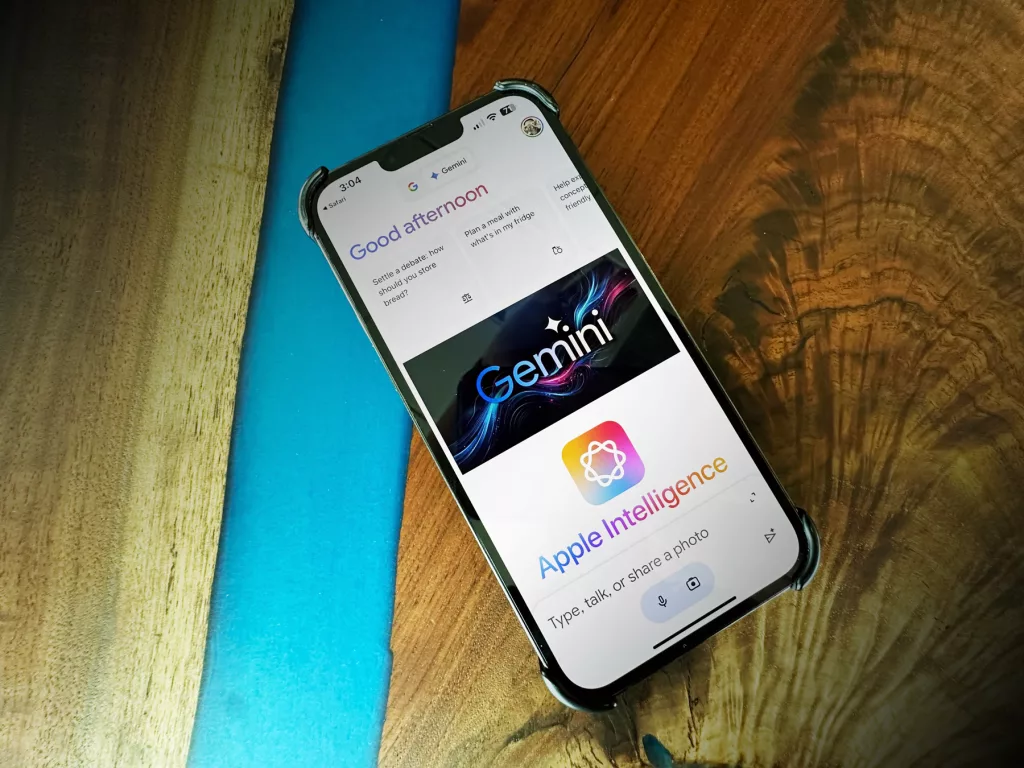Ready to explore Facebook and Instagram advertising for your B2B brand? It’s tempting to launch a campaign immediately. But don’t put the cart before the horse.
If you want your social media ad campaigns to be successful long-term, you have to complete audience testing first to find your B2B brand’s core audience. Otherwise, you’ll never know if your targeting is truly effective.
We understand that audience testing is at best confusing and time-consuming, and at worst a total snoozefest. These four steps will build your core audience as efficiently as possible so you can get your campaign going and get more customers converting online.
Why You Should Care about Getting Your B2B Brand’s Audience Targeting Right
Before we get into the ‘how’ of audience targeting and testing, let’s outline the ‘why.’
Audience testing helps you nail down your B2B company’s core audience for social media advertising purposes. Without testing, targeting is a shot in the dark. With testing, you’ll know for a fact that targeting your core audience attracts customers to your B2B brand.
Consider an (all too common) example. You’re the marketing director of a B2B corporation. You launch a Facebook ad campaign targeting prospects within a 20-mile radius of your Chicago location. You target a certain B2B audience based on what you know, buy targeting that audience doesn’t seem like enough, so you add more interests to the main ad group.
Because you’re targeting so many groups with one ad campaign without testing, you’ll never know which audience segment is actually driving engagement. Is it the x audience? Y audience? Good luck optimizing your targeting without siphoned-off data saying one group is highly engaged vs. another that’s a weak link.
This ‘what not to do’ paints a compelling pro-testing picture in and of itself. These benefits of establishing your core audience will officially make you a testing fanatic:
- You’ll likely attract more customers when your audience targeting is effective because your advertisements are reaching relevant social media users.
- Audience testing saves you money on ad spend. You may have to pay more for your ads as you’re testing multiple audiences. But once that core group is set in stone, you’ll never waste another penny on the wrong audience.
- You can continue testing new audience segments against your core audience. You’ll never have to stop optimizing and expanding your audience, and you’ll never have to make assumptions about what’s working.
Now you’re really ready to create your B2B brand’s core audience, so let’s get into those four steps.
1. Upload Your Existing Customers and Create a Lookalike Audience
We can’t say this enough: First-party data, like existing customer lists, is indispensable. These folks are ready and willing to see marketing materials from your B2B brand. You can’t say the same of random Instagram or Facebook users.
To that end, the first step to creating your core audience is uploading your existing customers into the ads manager. These people will be your first core audience members.
You can also create a lookalike audience based on your existing customers and roll that into your core audience. You know they’re relevant users because they, well, look like the people who already interact with your B2B company.
If you don’t have any first-party data, skip to step two. But know that testing is arguably even more important since you’re starting from scratch.
2. Choose a Broad Audience Segment
Whether you have first-party data or not, the next audience segment you decide to test should be broad. Of course you want to expand who you’re reaching beyond existing customers and lookalikes, but you don’t want to expand it so quickly you can’t track each audience segment’s success.
Go back to our original example. This would be a good time to ‘z audience’ within a 20-mile radius of your Chicago location. It’s a nice, broad group.
Use the same ad creative, but add the audience segment of this new z group separately from your existing customers and lookalikes group. That way, your data stays separate and you can analyze which segments are driving engagement (more on this later).
3. Continue Adding Audience Segments to Test
Repeat step two, this time adding more and more audience segments based on relevant interests or other demographics.
The most important aspect to remember is you’re not rolling each of these audience segments up into one group. That comes after testing is completed. For now, each stays separate so you can run a valid test that reveals exactly which audience segments are working for your B2B brand.
As we said, you should use the same ad creative for each segment. If you don’t, you’re not running a valid test. Why? Because a valid test has as few variables as possible. That way, you can say for sure that it’s the audience segment that’s not working rather than the lifestyle vs. product images from varying ads. There’s a time and place to A/B test ad creative. Discovering your core audience isn’t that time.
4. Analyze Your Data and Finalize Your B2B Brand’s Core Audience
You should test each audience segment for at least one month. Depending on your budget, it may take a bit longer to reach statistically significant results. After your audience tests are complete, analyze your data. Which individual audience segments are performing as well or better than your original core audience? In our example, the original core audience is the existing customers plus the lookalike list.
Once you’re clear on which audience segments are performing well, testing is done. Next, roll those successful segments into the original core audience. The result? Your B2B brand’s expanded, proven-to-work core audience.
What’s Next for Your Facebook and Instagram Ads?
Remember, now that you have your core audience defined, continue to test new audience segments against it. Your ads never have to stop reaching new people!
If you run out of ideas for segments to add, campaign success stalls, or you still can’t define the core audience for your B2B brand, let us do it for you!




